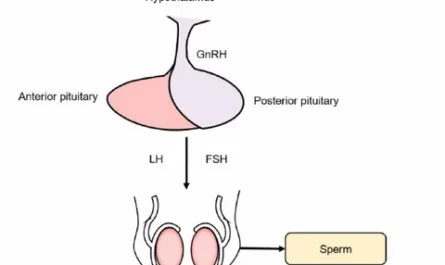The cerebellum, often referred to as the “little brain,” has traditionally been viewed as a region of the brain with a simple cellular architecture. However, recent research has suggested that there is a greater heterogeneity within this structure than previously thought. Now, a team of scientists led by Prof. Dr. Henrik Kaessmann from the Center for Molecular Biology of Heidelberg University has generated comprehensive genetic maps of the development of cells in the cerebellum of humans, mice, and opossums. Comparisons of these maps have revealed both ancestral and species-specific cellular and molecular characteristics of cerebellum development spanning over 160 million years of mammalian evolution.
The cerebellum, located at the back of the skull, contains around 80 percent of all neurons in the entire human brain. Despite this, its cellular architecture has long been considered relatively simple. However, the research led by Prof. Kaessmann has revealed a greater complexity within the cerebellum. The team systematically classified all cell types in the developing cerebellum of humans, mice, and opossums by collecting molecular profiles from nearly 400,000 individual cells using single-cell sequencing technologies. They also utilized procedures that allowed for spatial mapping of the cell types.
One significant finding of the study is that in the early stages of fetal development, the proportion of Purkinje cells—a type of large, complex neuron with key functions in the cerebellum—is nearly double in humans compared to mice and opossums. This increase is primarily driven by specific subtypes of Purkinje cells that are generated first during development and likely communicate with neocortical areas involved in cognitive functions in the mature brain. This suggests that the expansion of these specific Purkinje cell types during human evolution may support higher cognitive functions in humans.
The researchers also compared the gene expression programs in cerebellum cells of humans, mice, and opossums. These programs are defined by the activities of numerous genes that determine the types into which cells differentiate during development. The study identified genes with cell-type-specific activity profiles that have been conserved across species for at least 160 million years of evolution. This suggests that these genes play important roles in determining cell type identities in the mammalian cerebellum. Additionally, over 1,000 genes were found to have activity profiles that differ between humans, mice, and opossums.
Interestingly, several of the genes with activity profiles that differ between humans and mice are associated with neurodevelopmental disorders or childhood brain tumors. This finding could provide valuable insights and guidance in the search for suitable model systems, beyond the mouse model, for further research into these diseases.
The study, which involved researchers from several countries including Germany, China, France, Hungary, and the United Kingdom, was funded by the European Research Council. The data generated in this study are available in a public database. The findings have been published in the journal Nature.
Understanding the genetic programs that control the development of cellular diversity in the cerebellum provides valuable insights into the evolution of higher cognitive functions in humans. It sheds light on the role of the cerebellum, often overlooked in comparison to the neocortex, in contributing to the unique capacities of humans. This research also opens up possibilities for studying neurodevelopmental disorders and childhood brain tumors using suitable model systems beyond the mouse model. The comprehensive genetic maps generated through this study provide an important foundation for further exploration of the complexities of cerebellum development and function.
*Note:
1. Source: Coherent Market Insights, Public sources, Desk research
2. We have leveraged AI tools to mine information and compile it



